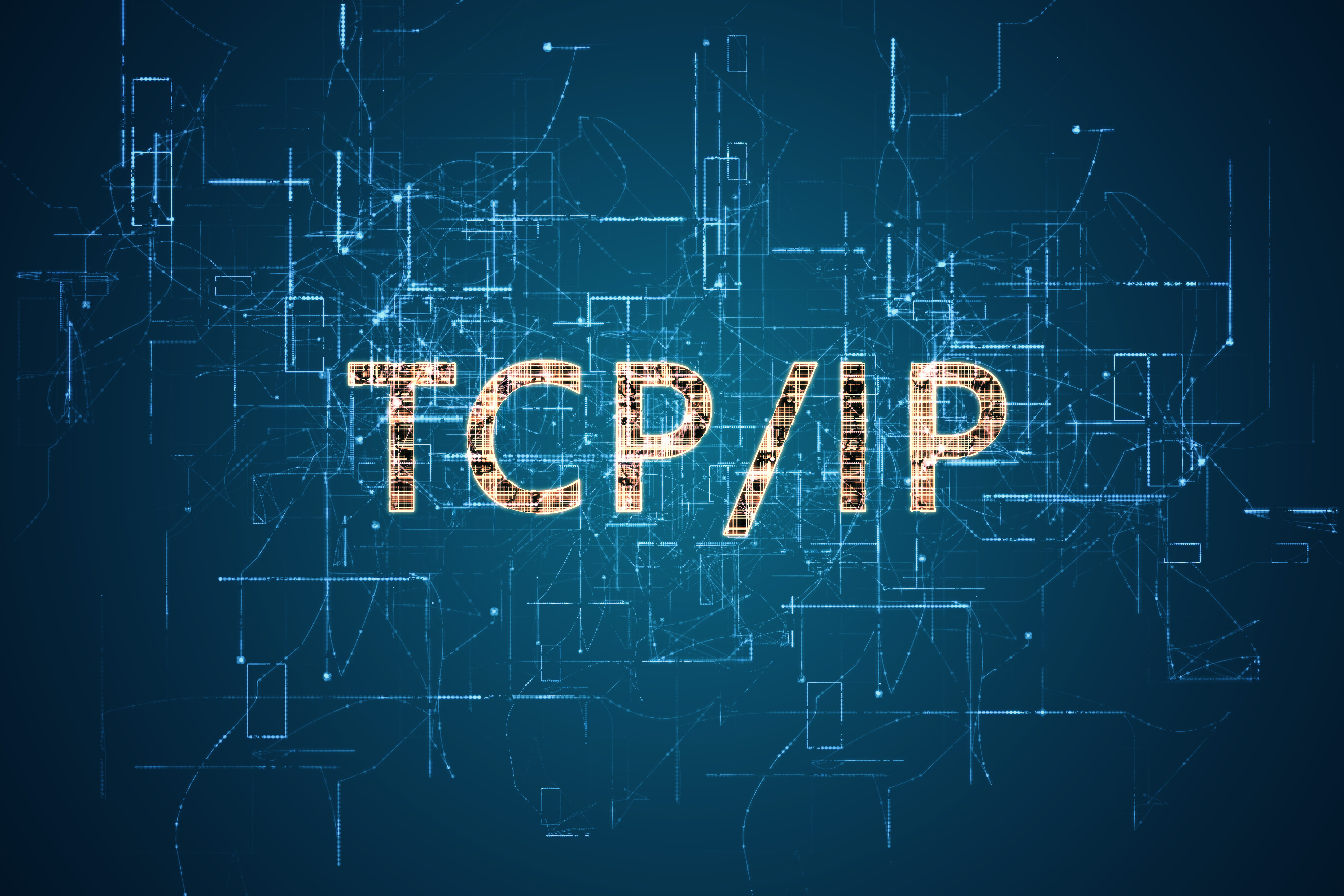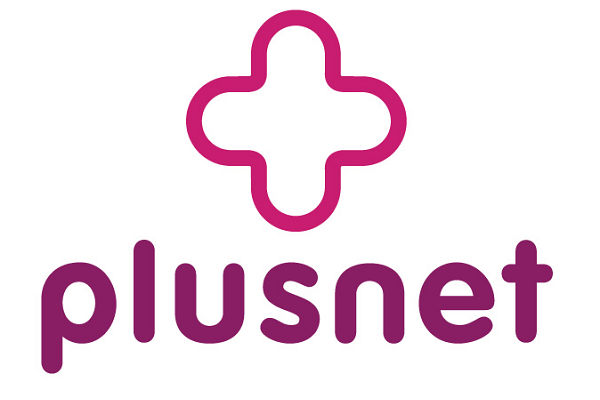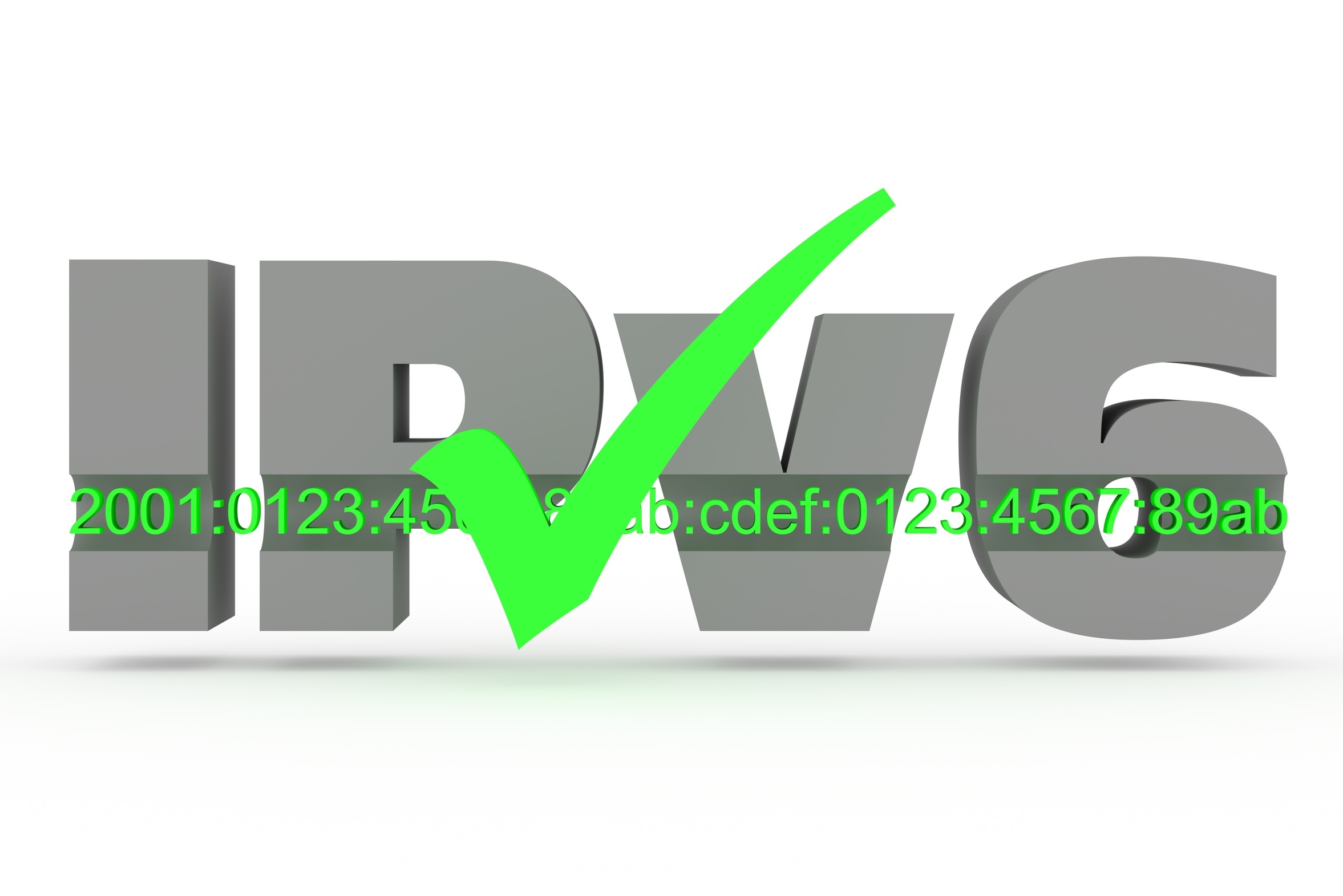What is TCP/IP?
How this protocol from the 1970s keep the internet operational


Computers are great for many reasons themselves, but most computers really get going when they are connected to each other. Whether it is sending an email, streaming a TV program, or playing a game against someone on the other side of the world, a computer must link with others to do this.
To pull this off, a computer must know how to communicate with other computers on a network. This is where TCP/IP comes in.
TCP/IP is part of the internet suite of protocols that allow computers to have a standard way of communicating with each other. Virtually all of today’s computers support TCP/IP out of the box. However, it is useful to understand how TCP/IP works, particularly if you are setting up a computer to connect to the internet or other computers on a local network.
Continue reading to learn more about TCP/IP and how it works.
What is TCP/IP and where did it come from?
TCP/IP stands for Transmission Control Protocol/Internet Protocol. These are the protocols that standardized the rules enabling computers or other devices to communicate on a network.
The Defense Advanced Research Projects Agency (DARPA) developed these protocols in the 1970s by DARPA (the). TCP/IP then became the standard protocol for ARPAnet, the forerunner of today’s internet.
Today, it is the worldwide standard for internet communications.
Get the ITPro daily newsletter
Sign up today and you will receive a free copy of our Future Focus 2025 report - the leading guidance on AI, cybersecurity and other IT challenges as per 700+ senior executives
TCP sends data reliably, steadily, and orderly. IP gets it to and from destinations correctly. TCP adds lots of functionality to the IP service it layers over.
What are the benefits of TCP/IP?
One of the key advantages of TCP/IP is it can be used irrespective of the network technology and the host computer’s architecture. This means universal, flexible connection can be generated throughout the network without central administration. TCP/IP is also completely application independent, so can be used for many applications and purposes.
What is the Transmission Control Protocol?
The Transmission Control Protocol (TCP) is the standard for exchanging data between different computers in a network.
In 1973, computer scientists Robert E. Kahn and Vinton G. Cerf published the first version of the standard as part of a research paper entitled “A Protocol for Packet Network Intercommunication.” Eight years later, TCP was standardized in RFC 793.
RELATED RESOURCE

Optimising performance with frequent server replacements for enterprises
Learn more about Dell Technologies solutions powered by Intel®
Over the years, there have been several improvements and extensions, but the essentials have remained the same. The latest version, defined in RFC 7323, is from 2014.
TCP takes messages from one computer and slices them up into packets that are then forwards via devices such as switches, routers, and security gateways, to a destination computer. These packets are numbered by TCP and it reconstructs them before handing them off to the recipient.
It doesn’t matter what the initial value of the sequence number is, only that the second packet has been assigned the initial sequence number plus one. The rule here is additional packets of a data stream have rising sequence numbers, each incremented by one. When all the packets are received, sequence numbers are used to order these packets. If a sequence number is missing, this indicates the packet was lost.
As TCP is connection-oriented, it makes sure the connection is confirmed and sustained until the exchange between the devices sending and receiving the message is complete, unlike the connectionless User Datagram Protocol (UDP).
What is the Internet Protocol?
The Internet Protocol (IP) is a routable protocol that handles addressing, routing, and inserting data into or extracting data from packets. While TCP is connection-oriented, IP is connectionless, as it does not establish a session with a remote computer before sending data. Data directed via connectionless methods are known as datagrams.
IP packets can be lost, delayed, duplicated, or delivered out of sequence. There can be no attempt to recover from these errors. The responsibility for such recovery is with higher layer protocols such as TCP.
The data included in IP packets are the Source IP address, which is the IP address of the datagram source. The Destination IP address. This is the IP address of the destination for the datagram.
Other data in IP packets include Identification. This identifies a specific IP datagram and all fragments of a specific IP datagram if the datagram becomes fragmented. There is also data on the protocol to indicate which protocols the receiving IP should pass the packets.
There is also a checksum. This is a method of error control that carries out mathematical calculations to confirm the veracity of the IP header.
Lastly, there is Time-to-Live (TTL). This defines the number of networks the datagram can travel before it is discarded to prevent it from traveling nonstop on the network.
What is an IP address?
An IP address is how a device is identified on the internet or a local network. IP addresses enable information to be sent between devices on a network.
Because the network or internet needs to differentiate between various computers, routers, and websites, an IP address offers a means of doing so. Without IP addresses, the internet wouldn’t work.
An IP address is a set of four numbers separated by periods. An example address can be 192.168.0.1. Each number can range from zero to 255, so a full IP address ranges from 0.0.0.0 to 255.255.255.255.
On the internet, IP addresses are not generated randomly. Rather, they are allocated by your internet service provider (ISP). In turn, these are allocated by five regional internet registries who are provided IP addresses by the Internet Assigned Numbers Authority (IANA) — a division of the Internet Corporation for Assigned Names and Numbers (ICANN).
TCP/IP comes in layers
There are four abstraction layers embedded in TCP/IP, they are the network access layer (lowest layer), the internet layer, the transport layer, and the application layer (top layer).
These layers enable packets of data, applications, and physical network equipment to talk to each other over the Internet to make sure packets are sent complete and to the right location.
The bottom layer of TCP/IP is the network access layer. This defines details of how data is physically sent through the network. In some definitions, the network access layer is divided into a physical layer (responsible for sending data from one device to another along the network), and a datalink layer (responsible for the encapsulation of outgoing IP datagrams into frames).
The internet layer packs data into data packets known as IP datagrams. These contain source and destination address information that is used to forward datagrams between computers and across networks.
The transport layer allows computer hosts to carry on a conversation. It offers an interface for the users to the underlying network and defines the service level and connection status when transferring data.
The application layer is the highest layer of the four-layer TCP/IP model and defines TCP/IP application protocols and how host programs interface with transport layer services to use the network. This layer includes protocols, such as Domain Naming System (DNS), Hypertext Transfer Protocol (HTTP), Telnet, SSH, File Transfer Protocol (FTP), Simple Mail Transfer Protocol (SMTP), among many others.
Rene Millman is a freelance writer and broadcaster who covers cybersecurity, AI, IoT, and the cloud. He also works as a contributing analyst at GigaOm and has previously worked as an analyst for Gartner covering the infrastructure market. He has made numerous television appearances to give his views and expertise on technology trends and companies that affect and shape our lives. You can follow Rene Millman on Twitter.
-
 Global cybersecurity spending is set to rise 12% in 2025 – here are the industries ramping up investment
Global cybersecurity spending is set to rise 12% in 2025 – here are the industries ramping up investmentNews Global cybersecurity spending is expected to surge this year, fueled by escalating state-sponsored threats and the rise of generative AI, according to new analysis from IDC.
By Ross Kelly Published
-
 Google Cloud is leaning on all its strengths to support enterprise AI
Google Cloud is leaning on all its strengths to support enterprise AIAnalysis Google Cloud made a big statement at its annual conference last week, staking its claim as the go-to provider for enterprise AI adoption.
By Rory Bathgate Published
-
 Netmask flaw allows hackers to bypass server access controls
Netmask flaw allows hackers to bypass server access controlsNews The vulnerability could leave thousands of networks open to server-side request forgery
By Rene Millman Published
-
 What is IPv6?
What is IPv6?In-depth IPv6 may seem complicated, but it doesn't have to be
By Keumars Afifi-Sabet Published
-
 Whatever happened to IPv6?
Whatever happened to IPv6?In-depth It was the talk of the town a few years ago, but we now appear to have enough IP addresses for everyone – what happened?
By Darien Graham-Smith Published
-
 Plusnet to share customer IP addresses
Plusnet to share customer IP addressesNews Trials set to take place to share IP addresses as IPv6 fails to take off in the UK.
By Rene Millman Published
-
 HP: Enterprise driving European take-up of IPv6
HP: Enterprise driving European take-up of IPv6News Hardware giant claims competitive pressures are driving adoption within mainland Europe.
By Caroline Donnelly Published
-
 Firms warned over IPv6 security risks
Firms warned over IPv6 security risksNews Industry players urge end users to step up security as IPv6 adoption grows.
By Caroline Donnelly Published
-
 Are you ready to launch IPv6 securely?
Are you ready to launch IPv6 securely?In-depth Davey Winder says that despite the unnecessary scare stories, businesses need to think about migrating to IPv6 securely now.
By Davey Winder Published
-
 Top 10 threats facing the enterprise - Part One
Top 10 threats facing the enterprise - Part OneIn-depth We speak to the security experts on the frontline about the threats they see as most serious for businesses.
By Davey Winder Published